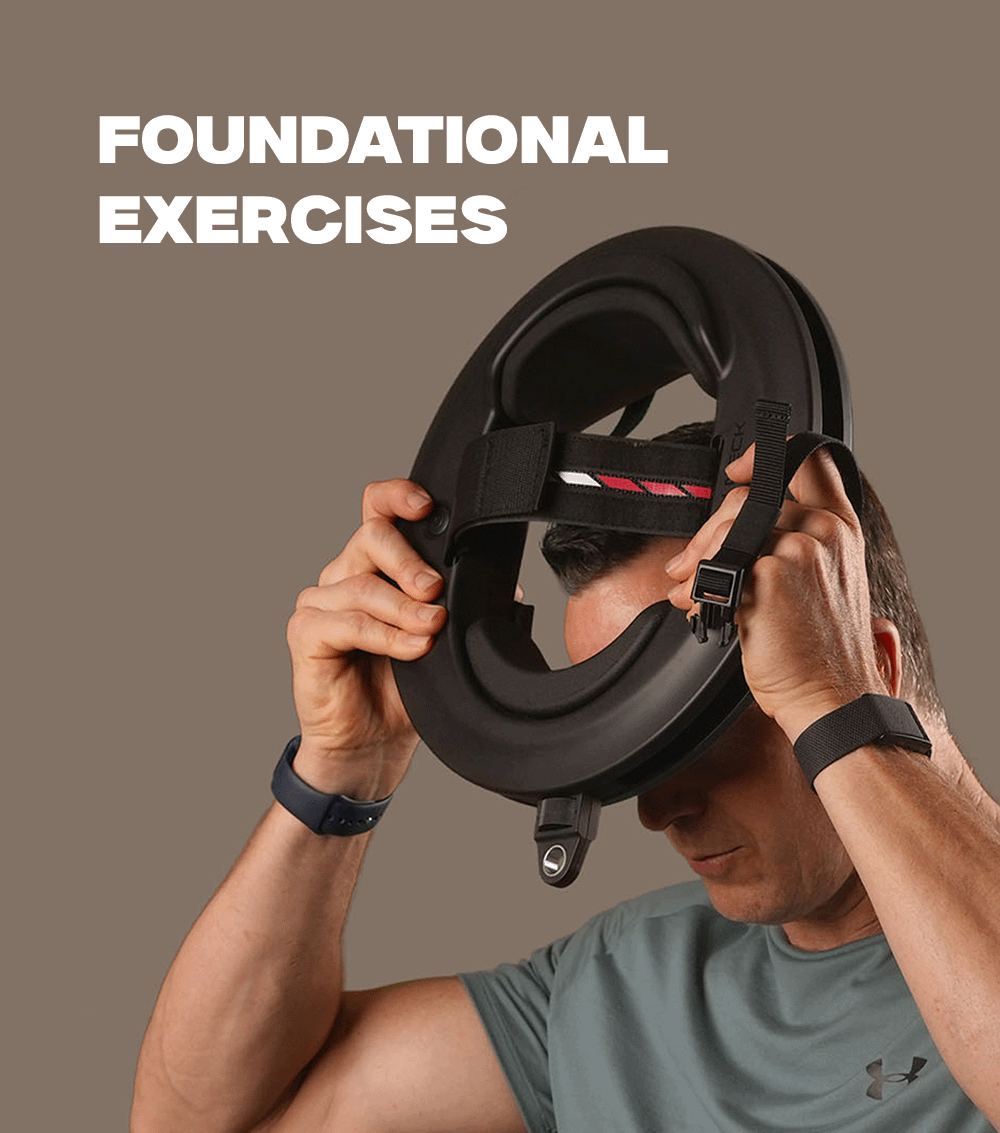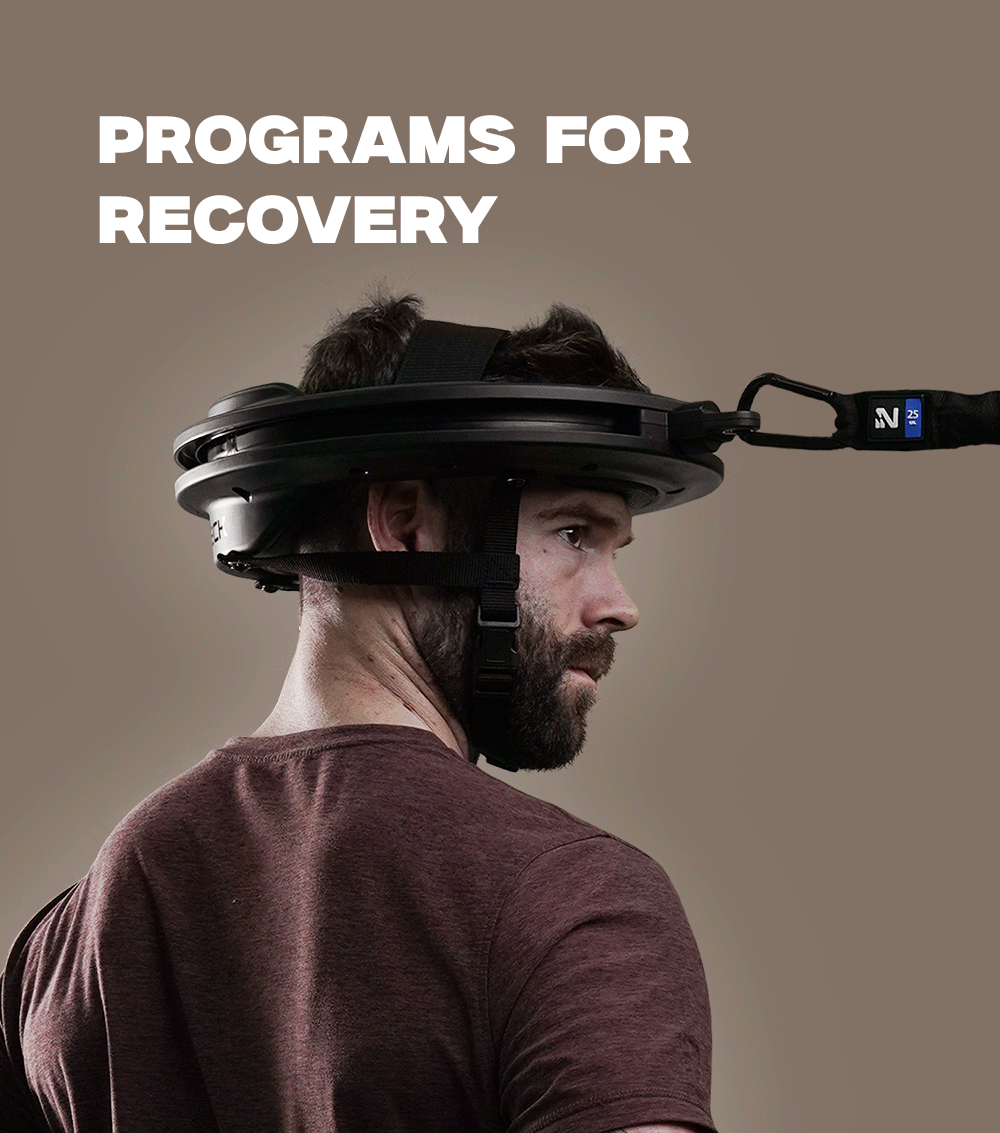Your neck has already been killing you for weeks, and now your world won’t stop spinning. Unsurprisingly, it’s starting to affect your day-to-day life. You no doubt want to go back to normal life as soon as possible.
Neck pain has a wide range of causes. Your neck may start to ache after a long day of sitting in front of a computer. It can also be a symptom of a spine-related injury or illness. Or perhaps it’s something else entirely–maybe something even worse than what you initially thought. But when the feeling of disorientation or dizziness starts to set in, you may be suffering from cervical vertigo, otherwise known as cervicogenic dizziness.
In this article, you will help you find out once and for all if neck pain and balance issues are related. More importantly, we will dive deep into the causes of the condition that leads to these symptoms; how to treat them, and what you can do to prevent it from happening in the first place.
Are Neck Pain and Balance Issues Related?
Yes, neck pain and balance issues can be related. If you are experiencing neck pain and disorientation or dizziness at the same time, you may have cervical vertigo.
Cervical vertigo or cervicogenic dizziness is a feeling of disorientation caused by a neck injury or an illness that affects the neck. In most cases, this condition goes hand in hand with neck pain. Your range of motion may be affected as well, and you may also experience headaches from time to time.
It can be challenging to diagnose cervical vertigo, mainly because its symptoms are similar to other medical problems. A brain tumor, stroke, multiple sclerosis, Meniere’s disease, inner ear diseases, and benign paroxysmal positional vertigo (BPPV) have overlapping symptoms with cervical vertigo.
So far, there are no tests in existence that can diagnose cervical vertigo. However, doctors can rule out other possible causes of your symptoms to make sure that the problem is caused by your neck.
All things considered, neck pain and balance issues can be related, but this is not always the case. For instance, you may be experiencing both neck pain and vertigo, but they are caused by completely different things. To find out the exact condition you are experiencing, going to the doctor is imperative.
What Causes Cervical Vertigo?
Similar to the many causes of neck pain, there are many possible causes of cervical vertigo. It can be a result of physical trauma or perhaps a health condition that affects the neck and spine. Sometimes, it can also stem from natural aging, which makes your neck weaker and more susceptible to certain health conditions.
Here are the most common causes of cervical vertigo:
Whiplash
Whiplash is a result of your head and neck moving forward and backward at an extremely high speed. It is a common condition resulting from a vehicular accent, and almost always causes neck pain, limited mobility of the head and neck, as well as headaches.
Poor Posture
Another common cause of cervical vertigo–and neck pain in general–is poor posture. Slouching, leaning forward on your desk, or pushing your head forward on your shoulders can all lead to the compression of the vertebrae at the top of your spinal cord.
Osteoarthritis
Advanced osteoarthritis in the neck or cervical spine can lead to cervical spondylosis, a condition that wears down the neck and therefore puts excessive amounts of pressure on the nerves, arteries, or spinal cord. This can send the wrong signals to your brain or prevent the flow of blood, leading to vertigo.
Herniated Disc
A herniated disc, also known as a slipped disc, is a result of the softer center of the spinal disc pushing out through the crack of the spinal cord. A slipped disc can push into an artery or nerve, causing symptoms like cervical vertigo.
Atherosclerosis
Atherosclerosis is a potentially dangerous health condition characterized by the clogging of the arteries with fatty substances (plaque). These arteries then narrow and harden, restricting the blood and oxygen flow to vital organs, which increases the risk of heart attacks and strokes.
Blockages in the neck arteries can cause injury to the neck and restrict blood flow to the areas of the brain that affect balance, which may lead to vertigo.
How Do You Treat Cervical Vertigo?
The good news is that once you are diagnosed with cervical vertigo, therapies may be done in the comfort of your own home. Moreover, most cases of cervical vertigo can be treated without surgery.
Here are the common ways to treat cervical vertigo:
Medication
Your doctor may prescribe medications like muscle relaxers and over-the-counter acetaminophen and analgesics to help alleviate pain. On top of that, your doctor may give you an anti-dizziness drug like meclizine to address vertigo.
Exercise
Engaging in aerobic exercise 3 to 5 times a week can help strengthen your muscles, increase your range of motion, and create space in the neck. As a result, the pressure in your neck may decrease, which can help reduce your symptoms.
Massage Therapy and Acupuncture
Massages and acupuncture can also help relieve pressure in your neck and reduce your symptoms. There’s also the added benefit of increased relaxation, which can effectively distract you from the pain.
Advice For Preventing Cervical Vertigo In The First Place
Vertigo, whether it’s caused by a neck condition or otherwise, is not easy to deal with. For one, your balance may be affected greatly, which can be a huge safety risk if you’re in the wrong place at the wrong time. At the very least, it can be an inconvenient hurdle to your day, preventing you from performing daily activities as easily as you used to.
When you have cervical vertigo, however, you’re also dealing with neck pain. The dizziness plus the pain in your neck is not only frustrating, but it can easily downgrade your quality of life.
So, how do you prevent cervical vertigo in the first place? Here are some of the best prevention tips:
Do Neck Training
Neck training involves exercises to improve the strength, stability, and range of motion of your neck. Many athletes, especially those in contact sports, train their necks to enhance their athletic abilities and reduce the risk of neck injuries.
But even if you are not an athlete, training your neck is a worthy endeavor that leads to many benefits. Primarily the prevention of neck injuries, nerve compression, and cervical vertigo.
A stronger neck can also minimize the effect of unavoidable injuries like whiplash. Essentially, if your neck is more capable of withstanding force, it will be less susceptible to trauma.
There is so much more to neck training than meets the eye. Here is a complete guide on neck training to help you start building a stronger neck!
Fix Your Posture
Poor posture is one of the most common causes of neck pain. If you habitually slouch or hunch forward, you are effectively increasing your risk of all sorts of pain and the conditions that might come of them, like cervical vertigo. Why? Because if your spine is not in the correct alignment, pressure will tend to accumulate in different parts of your body, such as the lower back, shoulders, and, of course, the neck.
Fixing your posture is the easiest way to prevent cervical vertigo. When sitting, always make sure that your head, shoulders, and spine are aligned. Using an ergonomic chair with lumbar back support can help you maintain this posture for long periods of time. Similarly, your computer monitor must be level or slightly below your line of sight. This keeps you from leaning your head forward to see your screen.
Performing neck posture exercises can also be a great help. These include chin tucks, looking left to right, cervical glides, and much more. With regular exercise, you will be able to bring your head back into the proper alignment and reduce symptoms like pain, headaches, and tension.
Final Thoughts On Neck Pain and Balance Issues
As we can see now, injuries or conditions that affect the neck can also cause balance issues in the form of cervical vertigo. Now, dealing with neck pain is one thing–but when you put disorientation and dizziness in the mix, it’s a whole different story.
To prevent this detrimental condition from affecting your life further, see a doctor as soon as possible. Treatment is relatively easy and can be done at home, so you have nothing to worry about.
And to prevent cervical vertigo from happening in the first place, strengthen your neck through neck training. Start small with simple exercises, and then gradually introduce neck training equipment to improve the strength, stability, and range of motion of your neck even further. It might seem not worth the hassle at first, but you’ll be thankful once you experience the benefits!





